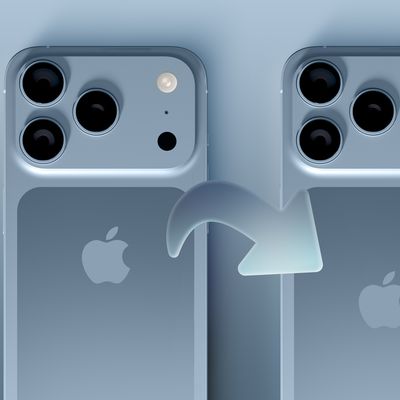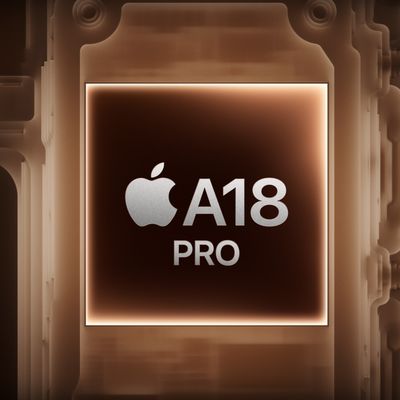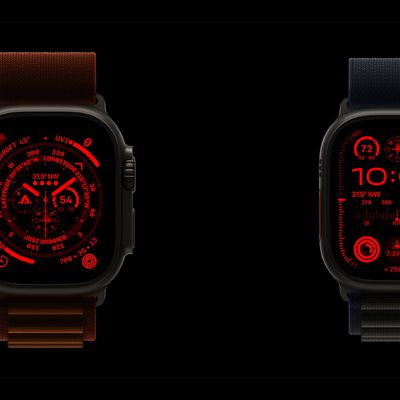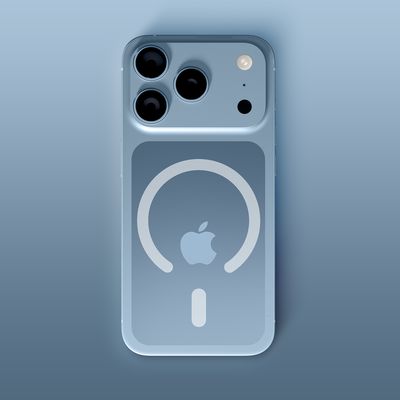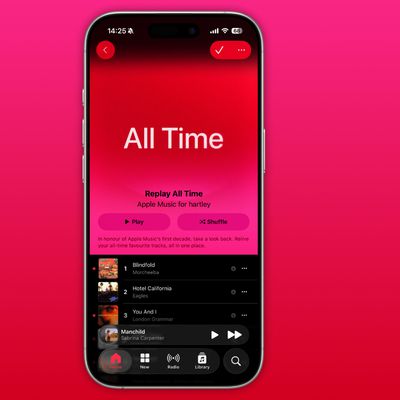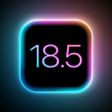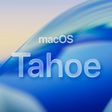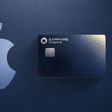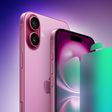Apple Glasses Rumors Resurface as iPhone Supplier Tapped to Make Parts for Augmented Reality Product
Catcher Technology, a Taiwanese company that manufacturers metal casings for Apple products like iPhones, iPads, and MacBooks, will make parts for an augmented reality product, according to Nikkei Asian Review.

Catcher chairman Allen Horng reportedly said augmented reality products "need to look good" and "be light enough to wear."
"Based on what we have learned, [new AR products] need to look good and be light enough to wear ... that makes the casings for such device very complicated to manufacture and there are still a lot of challenges to overcome currently," Catcher Chairman Allen Horng told analysts and reporters in an earnings conference on Tuesday.
Horng would not disclose which company was behind the augmented reality product, but given the comments and Catcher's relationship with Apple, the report has reignited speculation about so-called Apple Glasses.
Apple is reportedly exploring digital glasses that would connect wirelessly to iPhones and "show images and other information in the wearer's field of vision." The company supposedly has prototyped "several different kinds" of wearable augmented reality products, but a launch is still far away.
Apple CEO Tim Cook, who has repeatedly expressed a "profound interest" in augmented reality, recently said "the technology itself doesn't exist" to make the glasses "in a quality way." He said there are "huge challenges" with "the display technology required, as well as putting enough stuff around your face."
Jeff Pu, an analyst at Taipei-based Yuanta Investment Consulting, believes Apple's glasses will go on sale as soon as the end of 2019. Earlier reports mentioned 2018 as a possible timeframe, but that sounds increasingly unlikely.
Today's report marks the second time Catcher Technology has surfaced in the Apple rumor mill this week. KGI Securities analyst Ming-Chi Kuo on Monday said the company will supply Apple with "more complex" metal frames for iPhones launching in 2018 for the purpose of improving cellular signal and data transmission.
Popular Stories
Apple's next-generation iPhone 17 Pro and iPhone 17 Pro Max are less than three months away, and there are plenty of rumors about the devices.
Apple is expected to launch the iPhone 17, iPhone 17 Air, iPhone 17 Pro, and iPhone 17 Pro Max in September this year.
Below, we recap key changes rumored for the iPhone 17 Pro models:Aluminum frame: iPhone 17 Pro models are rumored to have an...
Apple is developing a MacBook with the A18 Pro chip, according to findings in backend code uncovered by MacRumors.
Earlier today, Apple analyst Ming-Chi Kuo reported that Apple is planning to launch a low-cost MacBook powered by an iPhone chip. The machine is expected to feature a 13-inch display, the A18 Pro chip, and color options that include silver, blue, pink, and yellow.
MacRumors...
The long wait for an Apple Watch Ultra 3 appears to be nearly over, and it is rumored to feature both satellite connectivity and 5G support.
Apple Watch Ultra's existing Night Mode
In his latest Power On newsletter, Bloomberg's Mark Gurman said that the Apple Watch Ultra 3 is on track to launch this year with "significant" new features, including satellite connectivity, which would let you...
The upcoming iPhone 17 Pro and iPhone 17 Pro Max are rumored to have a slightly different MagSafe magnet layout compared to existing iPhone models, and a leaked photo has offered a closer look at the supposed new design.
The leaker Majin Bu today shared a photo of alleged MagSafe magnet arrays for third-party iPhone 17 Pro cases. On existing iPhone models with MagSafe, the magnets form a...
Apple is planning to launch a low-cost MacBook powered by an iPhone chip, according to Apple analyst Ming-Chi Kuo.
In an article published on X, Kuo explained that the device will feature a 13-inch display and the A18 Pro chip, making it the first Mac powered by an iPhone chip. The A18 Pro chip debuted in the iPhone 16 Pro last year. To date, all Apple silicon Macs have contained M-series...
Apple today seeded the second betas of upcoming iOS 18.6 and iPadOS 18.6 updates to public beta testers, with the betas coming just a day after Apple provided the betas to developers. Apple has also released a second beta of macOS Sequoia 15.6.
Testers who have signed up for beta updates through Apple's beta site can download iOS 18.6 and iPadOS 18.6 from the Settings app on a compatible...
iOS 26 and iPadOS 26 add a smaller yet useful Wi-Fi feature to iPhones and iPads.
As spotted by Creative Strategies analyst Max Weinbach, sign-in details for captive Wi-Fi networks are now synced across iPhones and iPads running iOS 26 and iPadOS 26. For example, while Weinbach was staying at a Hilton hotel, his iPhone prompted him to fill in Wi-Fi details from his iPad that was already...
Apple hasn't updated the AirPods Pro since 2022, and the earbuds are due for a refresh. We're counting on a new model this year, and we've seen several hints of new AirPods tucked away in Apple's code. Rumors suggest that Apple has some exciting new features planned that will make it worthwhile to upgrade to the latest model.
Subscribe to the MacRumors YouTube channel for more videos.
Heal...
As part of its 10-year celebrations of Apple Music, Apple today released an all-new personalized playlist that collates your entire listening history.
The playlist, called "Replay All Time," expands on Apple Music's existing Replay features. Previously, users could only see their top songs for each individual calendar year that they've been subscribed to Apple Music, but now, Replay All...



